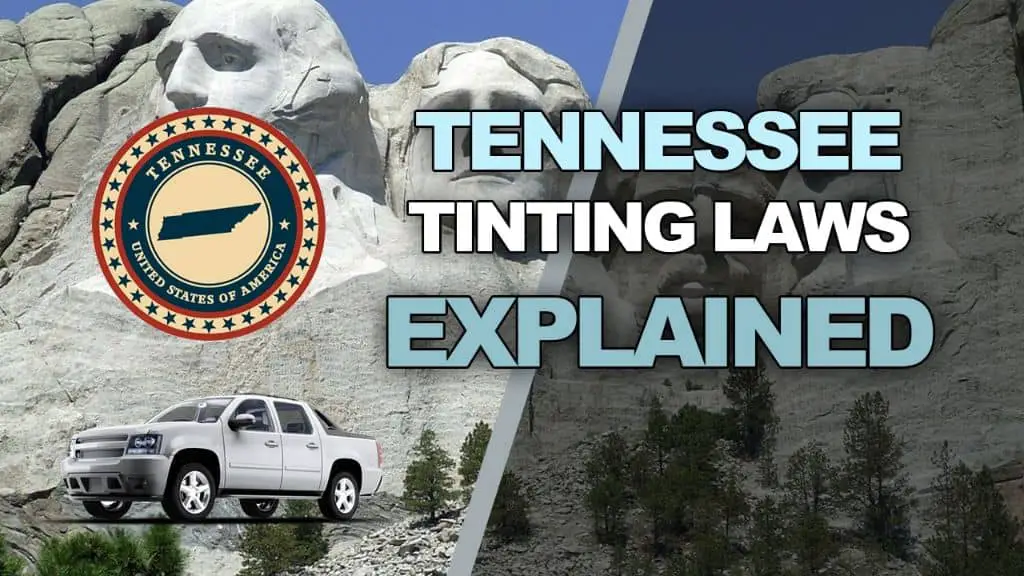Shades of the State: A Guide to Car Tinting Laws Across the US
In the United States, car tinting laws vary significantly from state to state, creating a patchwork of regulations that can be confusing for drivers. Understanding the legal requirements for tinted windows in each state is crucial for staying compliant and avoiding potential fines or penalties. From the darkness of the tint to which windows can be tinted, there are a multitude of factors that come into play when it comes to tinting laws by state . Let's delve into a comprehensive guide that sheds light on the shades of the state, providing clarity on car tinting laws across the US.
Overview of Tinting Laws
In the United States, car tinting laws vary from state to state, with regulations covering the darkness of tint allowed on windows and which windows can be tinted. It is important for every driver to be aware of the specific tinting laws in their state to avoid potential fines or legal issues.
Some states have strict guidelines on the percentage of light that must be able to pass through tinted windows, known as Visible Light Transmission (VLT). This measurement indicates how much light can penetrate the tint, with lower VLT percentages corresponding to darker tints. States may also have restrictions on which windows can have tint applied, such as front side windows, rear side windows, and back windows.

Understanding the tinting laws in each state is crucial for motorists, as violations can result in citations, fines, and even requirements to remove illegal tints. By staying informed about the tint regulations in their area, drivers can ensure compliance and maintain visibility and safety on the road.
Common Legal Restrictions
In addition to tint darkness restrictions, several states have specific regulations on where tinting is permitted on vehicles. For example, some states prohibit tinting on front windows, while others allow tinting on all windows as long as certain visibility requirements are met.
Another common legal restriction relates to the reflectivity of window tint. Many states have regulations on how reflective tint can be, with limits often placed to ensure that the tint does not cause excessive glare to other drivers or law enforcement officers.
Furthermore, a key legal consideration for car tinting across states is the requirement for vehicles to have a window tint certificate. This certificate typically needs to be carried in the vehicle to prove compliance with tinting laws in case of inspection by law enforcement.
Benefits of Compliance
Complying with car tinting laws by state brings peace of mind to drivers, ensuring they abide by local regulations. By adhering to these laws, car owners can avoid potential fines, tickets, or even having to remove non-compliant tinting. Additionally, staying within the legal limits of tint darkness helps maintain visibility for safe driving conditions.
Following tinting laws by state also ensures a harmonious relationship with law enforcement officers. By having legal tinting, drivers can avoid unnecessary confrontations or delays during routine traffic stops. Being in compliance can help build trust and respect between drivers and authorities, creating a smoother interaction for everyone involved.
Moreover, complying with car tinting laws can enhance the overall aesthetic appeal of the vehicle. By choosing tint shades that are within the legal limits, drivers can customize their cars while still maintaining a sleek and polished look. Legal tinting not only adds a touch of style but also shows a conscientious effort to abide by the rules of the road.